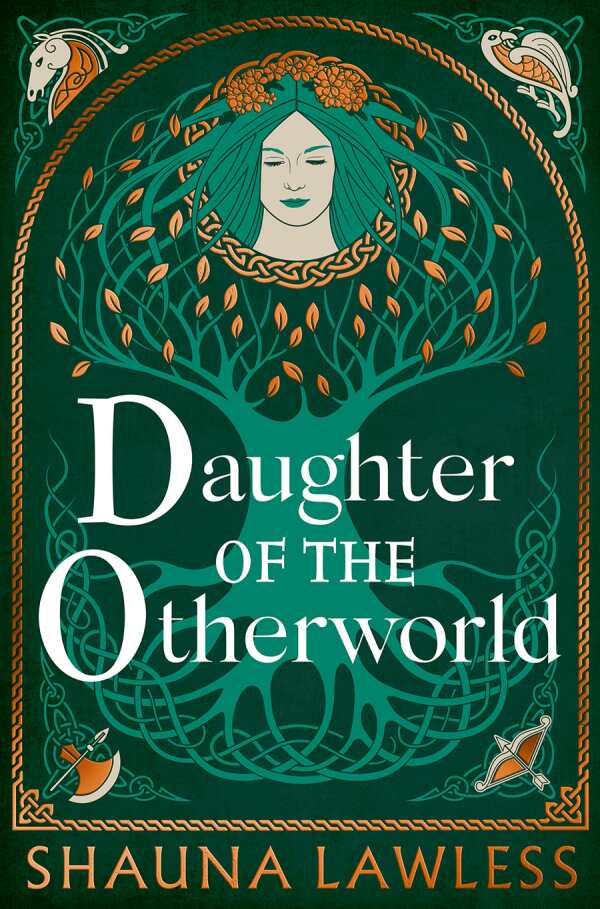Daughter of the Otherworld
Mythical beings plot long-awaited revenge against each other in Shauna Lawless’s atmospheric fantasy novel Daughter of the Otherworld.
The mythical Tuatha Dé Danann and their descendants have waited over one hundred years for their savior. At last, Isolde returns to Ireland from the Otherworld. Her cousin Broccan is sure she is the prophesied Descendant fated to destroy the supernatural Fomorians, who almost exterminated the Descendants. But only Isolde can decide how to use her lineage, her gifts, and the prophecy.
The imaginative settings and iconic fire-and-flood battles are more than satisfying—they reflect the novel’s themes of universal paradox. Ireland and the Otherworld coexist, separated only by slim tree roots, just as fear and courage coexist in Broccan, who dreads death by the Fomorians’ otherworldly gifts yet would risk his life to save Isolde.
The perspective alternates between four characters: innocent Isolde; vengeful warrior Broccan; Gormflaith, a crafty Fomorian; and Gormflaith’s son Donnchad, a bitter deposed king who weaponizes both fire and water. The last three rehearse old injuries as they jostle for power over Isolde, spawning questions of identity and loyalty.
The central four interact with dozens of other characters, whose voluminous ranks are not easy to parse without a list at hand. Still, the backstories for the four narrators are rich and involving, investing their interactions with emotional authenticity even when they are lying: Donnchad is terrified that Broccan will never stop trying to kill him, Broccan fears that the Fomorians will kill Isolde before she can wreak the prophesied vengeance against them, and Gormflaith hopes to turn Isolde’s loyalty to her. Isolde is the only character whose nature has not yet solidified, and she resists picking sides until all is out in the open.
Daughter of the Otherworld is an involving coming-of-age fantasy novel wrapped in the complex myths of ancient Ireland.
Reviewed by
Michele Sharpe
Disclosure: This article is not an endorsement, but a review. The publisher of this book provided free copies of the book to have their book reviewed by a professional reviewer. No fee was paid by the publisher for this review. Foreword Reviews only recommends books that we love. Foreword Magazine, Inc. is disclosing this in accordance with the Federal Trade Commission’s 16 CFR, Part 255.

